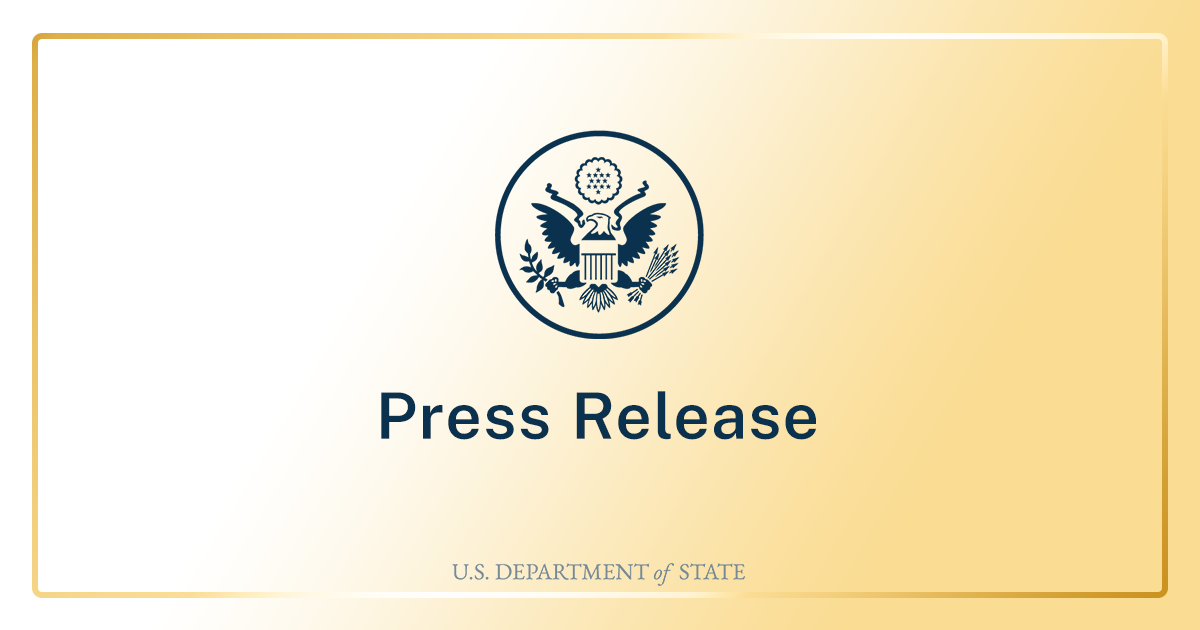Canada has been dealing with an innovation problem for decades. We are currently ranked 15th in the Global Innovation Index (GII) following Japan, France, Finland and Singapore. Switzerland is ranked first.
Why should we care about the GII? It helps us, as tax paying citizens, better understand how we compare with similar nations on innovation development strategies, policies and outputs like jobs and gross domestic product (GDP).
The 2022 Global Innovation Index report from the World Intellectual Property Organization highlighted a critical change in the definition and concept of innovation, moving it beyond research and development to include social and business models and human capital development.
Even the Conference Board of Canada has given the country a low grade in innovation. Despite significant investments in the national innovation clusters program and regional business incubators and accelerators, Canada’s grade on the 2021 innovation report was a C.
As a recovering entrepreneur, business innovation researcher and professor, I see a clear path to solving Canada’s innovation problem. To improve its ranking and return on innovation investment, Canada needs to update its outdated research and development model to attract more social scientists.
What exactly is innovation?
Innovation is a confusing and charged word. Everyone has an opinion about it, and a different definition for it — consultants offer new ways of doing it, while finance executives find different ways to measure it.
Is innovation merely a product or piece of technology, like an Apple iPhone, or is it a platform like Shopify? Or is it a process like research and development, manufacturing fabrication or agile software development?

(Shutterstock)
Regardless of its use as a noun, verb, product or process, innovation signals change. To introduce something new and have that new thing be accepted and adopted, we need to truly understand how humans are expected to use or consume it.
To improve the adoption of new innovations, such as vaccines or AI-enabled smartphones, we must spend time observing and making sense of a product’s context and its intended end-users. This activity is called end-user, design or consumer research, and is vital to producing a quality outcome and adopted output — in other words, market-driven innovation.
Successfully adopted products are then measured as GDP. Understanding what drives our desire to adopt a new technology or idea (or not) is the work of social scientists, who’s raison d’etre is to deliver insights.
Insights are critical
Insights have always been important for innovation. Insights provide deeper understanding of issues faced by consumers. These insights are then used as motivation for the creation of new innovations designed to address these issues.
For example, a person’s choice to use the self-checkout kiosk at a store might appear to be driven by convenience at first. But upon closer examination, other insights might be gleaned. Rather than merely being convenient, a person might be driven to use kiosks by their introverted personality or because they are in a rush to avoid being late for an event.
Deep insights are not mined from big data servers or spreadsheets, but are gathered, curated and crafted from human stories.
The insight that parents wanted their toddlers to become independent launched new diaper products from Huggies and Pampers.
The insight that citizens need quick and direct access to their personal medical profiles wherever they are has led to the creation of digital health passport products and services.

THE CANADIAN PRESS/Adrian Wyld
Canada needs to add more insight research to its research and development efforts. Governments need to value and incentivize organizations to invest more in resources that collect end-user data, interpret insights and are capable of integrating these into inventions that have been tested and are ready for full scale innovation.
Governments and corporations should be asking how existing innovation ecosystems evolve organically. They should reflect on why the corner coffee shop or a weekend hack-a-thon results in so much homegrown invention.
They should consider how to replicate the “cafe-vibe” — a casual space for brainstorming ideas with colleagues or pitching ideas to venture capitalists. They could also study successful hack-a-thon competitions to discover where winning ideas turn into new ventures, as StableHacks did with their community-building platform. These places are not your typical science or technology labs.
Social scientists are the key
A way to improve the use of innovation insights is by hiring more social scientists in innovation. Social scientists study people, cultures, systems and behaviours. As miners of insights, social scientists might be the best kept secret of the most successful multinational organizations.
Starbucks, for example, hired a cultural anthropologist in 2014 to examine and strengthen their customer-centred “legendary service.” Scotiabank’s Digital Factory hires user experience designers and researchers to understand and offer intuitive digital banking services.
3M, an American conglomerate, merged their material scientists with marketers to engage directly with consumers in their Customer Innovation Center. Nike’s House of Innovation retail locations in New York City and Shanghai engage customers directly in real-time research and development, collecting valuable consumer data while also generating revenue.
While research and development is critical for invention, it’s human insight — also known as end-user research — that leads to innovation.
Rethinking research and development
Innovation is a team sport that requires bringing together different and diverse minds and talent to solve everything from small to wicked problems. So, how can we solve Canada’s innovation problem? By rethinking research and development.
It’s that simple — the government and policymakers just need the will and courage to act. All levels of government must reframe their policies to support more innovative capacity-building by zeroing in on human-centred market research.
The federal government must restructure its innovation clusters program and incentivize academic and private sector research and development labs to have at least one social scientist for every engineer or researcher.
The good news is that these changes are a calculated risk, as Canada is a nation rich in social and behavioural scientists. Let’s put our funds and policies where our people are.




